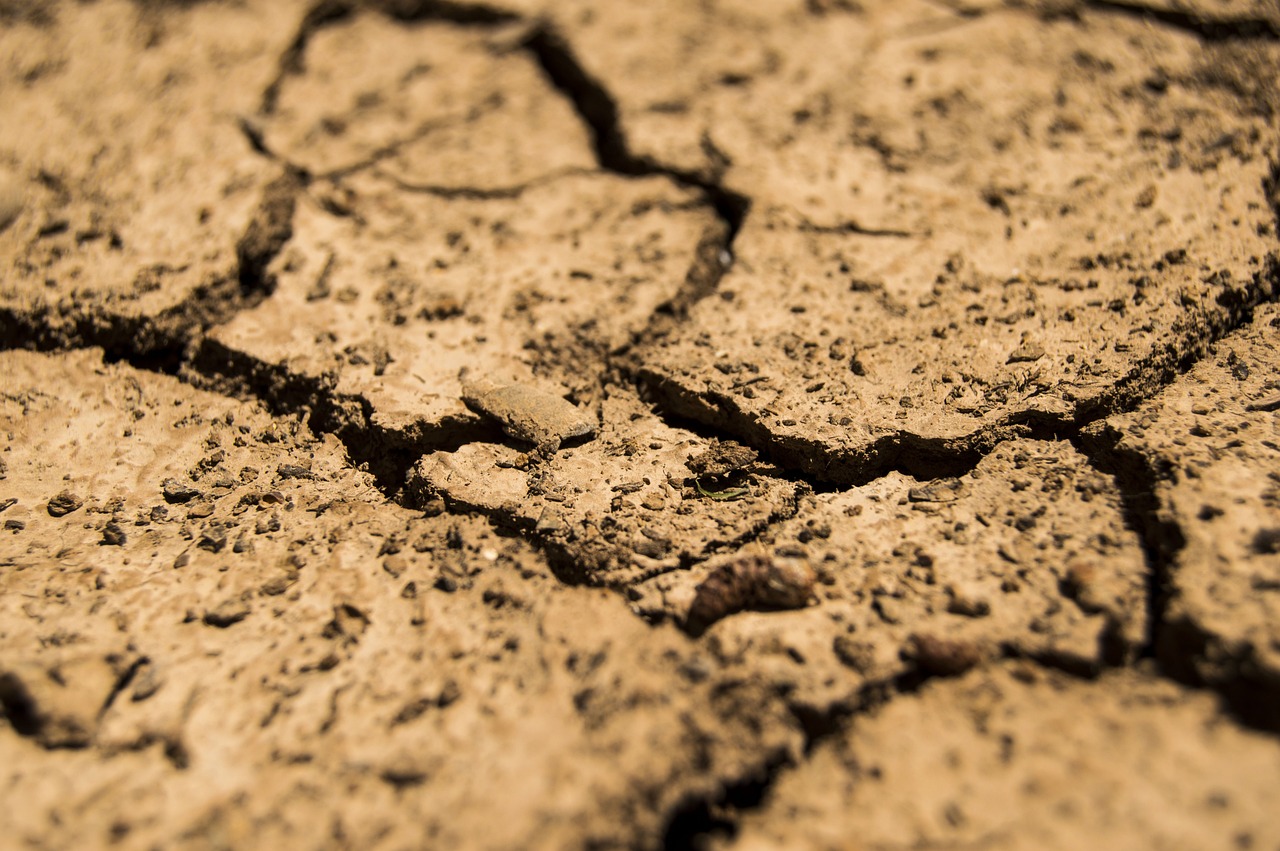Article Title:Wetland diagenesis and traces of early hominids, Olduvai Gorge, Tanzania
Abstract:
Lateral variations in whole-rock and clay geochemistry of basal Bed II claystones in Olduvai Gorge, Tanzania, reflect water quality differences across the Eastern Lacustrine Plain similar to1.75 myr ago. Bulk Ba/Sr and (Na2O + K2O + MgO)/Al2O3 range from 1.4 to 4.2 and from 0.7 to 1.4, respectively, and indicate leaching of lacustrine claystones beneath freshwater wetlands at times following lake retreat. Bulk MgO/Al2O3 (0.3-1.0) and molar Mg/Al (0.5-3.9) ratios of <0.2-mum clays reflect alteration of Mg-rich lacustrine clays. These indicators point to freshest conditions near Locality 43 of Hay (1976; HWK-East; Leakey, 1971), moderate conditions to the east (Locality 40-MCK), and high salinity and alkalinity to the west (Localities 85-VEK, 45-FLK). Clay geochemistry and artifact abundances are well correlated (r = -0.67, p < 0.005), suggesting a relationship between paleowater quality and hominid paleoecology. This pattern is consistent with predictions of greatest artifact discard/loss around freshwater sources where scavanging opportunities were greatest for hominids. This quantifies a relationship between artifact density distribution and a paleoecological proxy over landscape scales for the first time in Early Stone Age archaeology. In contrast, fossil bone abundance is uncorrelated (r = 0.14, p = 0.6), reflecting more complex taphonomic processes. Quantitative tests of landscape-scale land-use models are important for understanding early hominid behavior and its evolution. (C) 2002 University of Washington.
Keywords: Olduvai; diagenesis; clay minerals; early hominids; landscape paleoanthropology
DOI: 10.1006/qres.2001.2317
Source:QUATERNARY RESEARCH
Welcome to correct the error, please contact email: humanisticspider@gmail.com



